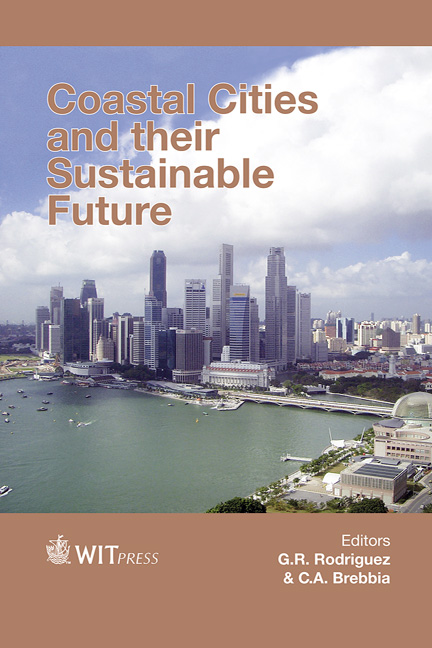A Methodology For The Classification Of Gravel Beaches
Price
Free (open access)
Transaction
Volume
148
Pages
10
Page Range
297 - 306
Published
2015
Size
638 kb
Paper DOI
10.2495/CC150251
Copyright
WIT Press
Author(s)
Y. Villacampa, L. Aragones, J. F. Serra, F. J. Navarro-González, I. López
Abstract
Beaches are highly flexible structures that can be deformed by several reasons, some natural as wind and swell and others not, as human actions. Gravel, considered as a component of the beach is not always separated from the rest of the materials. It is a part of the coastline sedimentary balance, usually with time and spatial scales much greater than those corresponding to the stretch of the coast under study. The conceptual and experimental difficulties of studying this kind of beach have meant that nowadays they are really unknown.
In this paper, methodologies to classify and determinate the most important characteristics in gravel beaches are presented. The authors have studied 34 shingle beaches in the region of Alicante (Spain) from a database with their characteristics. Obtained data corresponds to the morphology of the beach, the materials that take part in its composition and the wave energy, considering its incidence, the wave height, the local period and its influence on the coastline.
At the beginning, mathematical models are generated, allowing the expression of the relationships between the slope of berm and the rest of variables.
To classify the beaches, a factor analysis has been used on the experimental data matrix, considering all the variables as predictive, obtaining in this way an index for beach classification with similar characteristics. Furthermore, to determine the predictive variables that allow characterizing the 34 beaches, a discriminant analysis has been applied over several sets of variables. In each case, a predictive model of cluster belonging is created, considering a discriminant function, and with the clustering function formed by different clusters.
The methodologies developed in this paper will be applied later to other beaches as classification and variable selection methods.
Keywords
mathematical model, gravel beaches





